
Photography by Jason Spafford
I’ve always been fond of Scotland, our near-faraway neighbour, famed for its white-painted dollhouses nestled in the hillside, among red deer grazing in a lush green glen. There are likely more sheep than people, chewing the cud on the rush pasture amid bright bursts of yellow gorse bushes. There’s often a solitary distant spire framed by a big sky with scrolled white clouds. Scotland boasts some of Western Europe’s most extensive wilderness landscapes, and while we’ve explored the northwest region more times than I can remember, we haven’t necessarily explored the water. So with the ease of lockdown restrictions, May seemed opportune to head back into the Highlands and, when we could find the Scotch courage, dip our big toes in. A bonny plan before the perennial irritant kicks in: midge season is usually bang on June 1.
Rannoch Moor—Highland, Scotland
The somewhat bland roads out of England soon gave way to the colours of Loch Lomond and the Trossachs National Park—drenching a broad canopy in summer’s vivid green yet to be silvered by autumn’s frost. Heading to our favourite place to make camp near Glencoe Mountain Resort (a good pit stop for accommodation, food, and a shower) on Rannoch Moor, we stopped to scan the nearby mountains. Rumour had it a pair of golden eagles were nesting there. They remained ever-elusive through the binoculars, so we meandered down the quiet Glen Etive Road off the A82 to set out our stall.
It’s worth exploring the 11 miles of single-track down Glen Etive Road. Etive means “little fierce one” in Gaelic, said to represent the loch’s goddess. Find your preferred idyllic spot and enjoy becoming acquainted with the outstanding splendour of the lakes, mountains, and locations from the Bond film Skyfall. Plus, it’s free to bed down for the night.
No more than a few hundred yards from the pull-ins, there’s freshwater running through the glen, offering a clean water supply and a private swimming hole near a tiered waterfall. The sun-sparkled water provides a refreshing (freezing cold), restorative swim. Having located the sweet point between pain and surrender, I could feel something in me switch on, like a factory coming to life. My skin tingled with awareness of the world around me.
What took me by surprise—more than the river in which we swam—was the chance meeting of a chap called Russell and his partner, Jackie. Six-foot Russell was a former monk who emanated a still calm. He relayed an endless supply of fascinating stories while teaching me how to fly a kite. Jackie, meanwhile, was the yin to his yang: a colourfully animated Geordie lass with a thick, broad accent, who was no bigger than five feet and a peanut. Her zest for life burst forth from every pore. They made for a terrific couple that I wouldn’t have paired in a thousand years.
Sutherland’s Grove, Barcaldine
Heading south, we left the open space of the valley for an enchanted forest resounding with cuckoo calls. That said, when the midges are out in full force, the forest is less fairytale-esque and more hell on Earth. Only a wind that’s at least three mph will prevent them from flying, so between October to May, it’s prudent to invest in a bottle of Smidge (DEET-free) repellent or bog myrtle essential oil.
Still, while the blighters were sublimely absent, there was something about walking through this ancient woodland—home to giant knotted oak trees and a grove of soaring Douglas firs—which made my neck crane and strain with aching delight. Throw in a dramatic rocky gorge carved out by the gushing Abhainn Teithil, over which a series of lofty bridges allowed us to soak in the roaring sounds of the water, and we’d got ourselves one lovely swathe of afternoon.
We kept to a stroll to gawp at the green woodpeckers, treecreepers, and red squirrels. Plus, the forest was carpeted with wildflowers and an abundance of wild garlic whose young, tender leaves made an unexpected foraged addition to our evening meal. The garlic plant’s white flowers are also edible, although the best time to pick them is in April when the buds are tight and delicious.

A few hundred yards away from the small car park lies the gorge. From there, we found an intimate swimming hole to take another dip. “Invigorating” is a weak term for the experience. The rude temperature stole my breath and half-froze my limbs while I hyperventilated for the first five minutes; my extremities hurt after ten. I felt the energy drain out of me, leaving my head swimming and my limbs numb. But once I beached myself on the sun-warmed rock to thaw and my blood flow returned, my whole body zinged with tingling glee.
Appin, South of Lochaber
Twenty minutes north of the magical forest, we arrived at a secluded wee bay in Appin the following day. It’s located southwest of the Ardsheal Peninsula on the eastern shore of Loch Linnhe. Before reaching the bay, we encountered a native bluebell wood, prolific enough to dominate the forest floor in May.



Out of the rather beguiling woodland, a long stretch of shingle and white sandy beach emerged. The beach teemed with oystercatchers, eider duck, and ringed plover alongside the usual suspects of gannet, gulls, and auks. It was my kind of crowded and quite the coastal bird show when the pipits and larks piped up to serenade us with their evocative calls. For me, it’s one of the most peaceful places in Scotland, overlooking the islands of Balnagowan, Shuna, and Lismore, and makes a serene setting for some morning meditation.

During our visit to this coastal site, two pairs of fish-belly white legs appeared: Jase and our mate Chris jumped straight into the sea, while I managed to go waist-deep. Lightning bolts of displeasure soon formed between my eyes. I’m no mentalist who draws the line semi-submerged in 39°F (4°C). Next time I’ll pack the wetsuit. Infinitely more enticing was lapping up the icy cool loch from the surface of a paddleboard. I spent hours paddling blissfully on the millpond water in a splash of pale, salt-washed sunlight.

A good three-hour jaunt north took us to a hamlet in Strathcarron on a remote peninsula in Wester Ross. Less about Game of Thrones, more to do with one of the earliest settled areas in the country. You’ll find an impressive archaeological site to the north at the coastal settlement of Sand. Although the place was named around 1,300 years ago, the locals just call it “the street.”
You have the choice of two routes to reach this Highland spot. Either the Bealach na Bà (Pass of the Cattle), one of the United Kingdom’s s highest roads at over 2,000 feet elevation, which rises into the clouds on hairpin bends and plunges down to the hamlet, bestowing world-class views across the bay to Skye and Raasay. Or, a winding coast road from Shielding to the north on Loch Torridon with equally stunning vistas. This part of our journey incorporated a section of the North Coast 500, a picturesque circular route from Inverness.

This area draws us back time and again because the place seems to imbue a warm and welcoming atmosphere, friendly vibes from locals and visitors alike, including the huge, shaggy Highland coos (cows) whose auburn, thicker-than-polar-bear-fur hair was a force to be reckoned with. Upon arrival, there’s always a feeling of having conquered a passage to somewhere that feels a little inaccessible, and it gives a certain at the edge of the Earth allure. The day we rocked up was no exception—it blew a howling hooley (gusting wind). Fog and cobwebs blown, my mind was no longer full of either.
Wild Highland cows and conditions notwithstanding, it took no persuasion to start thinking about restoring cordial relations with my stomach by tucking into the local fish and chips at the Inn. You can also procure some locally smoked fish from the Smokehouse. Washed down with a dram of local single malt whisky, I couldn’t have been happier.
Torridon, Achnasheen
An hour’s drive northeast on the shore of Loch Torridon led us to a tiny place sandwiched in the Torridon Hills. Strange that the village is called Torridon, I mused. Winter hadn’t loosened much of a grip on this part of the Highlands as we encountered a deluge of rain. As quickly as we could scramble, we took refuge from the torrid weather, diving in the Annex to cook and into the rooftop tent to relax. The day lurched on against a darkening vault of sky in which the seabirds rose and dove like torn scraps of rag. I groused. By morning, the weather hadn’t ceased, so without further ado, off we headed in a brighter, southwesterly direction to cross the Skye Bridge.


Isle of Skye, Scottish Highlands
North of Portree lies the Trotternish Peninsula, a landscape that emerged from erosion and landslides due to the collapse of fossiliferous Jurassic layers. If you’re self-sufficient, it’s worth the extra push to the beach at An Corran (16 cruisey miles from Portree) to overnight, where dinosaur footprints can be found in the rocks. As island townships go, Staffin is a pretty sprinkling of white houses over the surrounding verdant greenery. The village hall offers practically everything under one roof: a launderette, café, a licenced grocery shop, frying pans (randomly), beach toys, and woolly hats. This far longitudinally, by 11 p.m., we stared at the mountains turning midnight blue in the gathering dark. The last bit of light heaved itself over the edge of the horizon as I sank like a stone into sleep.



My Axis of Bliss
We bade farewell to our friend over lunch in Tyndrum back on the mainland. The pub is adjacent to The Big Green Welly, a good place to gas up, grab a bite before you hit the road, and take away some authentic buttery shortbread for loved ones back home.
The remainder of our road trip comprised crumbling forts once home to Gaelic chieftains and empty glens that doubtless used to echo the conflict of clan wars. Scotland is steeped in a bloody history that can be seen everywhere, from the remnants of proud castles and prominent brochs blackened in silhouette against a Highland sunrise to the wind-tortured stones of deserted crofts that have survived the depredations of plunderers over centuries. The Gaelic language is still spoken by the Hebrideans. Long, serpentine single-track roads saw us in “rush hour” caused by flocks of ewes with their lambs as we undulated over the moors that were once battlefields.



There’s more. Seal-inhabited shorelines adorned with stylish boats near Kingairloch gave us a taste of how the retirees live. Above Loch Uisge, we spotted our first golden eagle, gracefully soaring the thermals against a mellow golden light. Then we witnessed two buzzards mob a sea eagle perched on a branch nigh all afternoon on the Isle of Mull. Unperturbed, he was waiting lazily to be fed by a local fisherman. The former bird of prey had eluded me until this road trip, and I dinna ken there were aquamarine blue bays against chalk-white sandy beaches on Mull, whose fishing port capital was bursting with delightful little independents. In fact, these Scottish versions of Caribbean beaches are everywhere if you know where to find them. Utterly brilliant! I have no doubt the endless ruggedness of Scotland’s rustic charm and gin-clear waters will stay with you forever, they have with us.

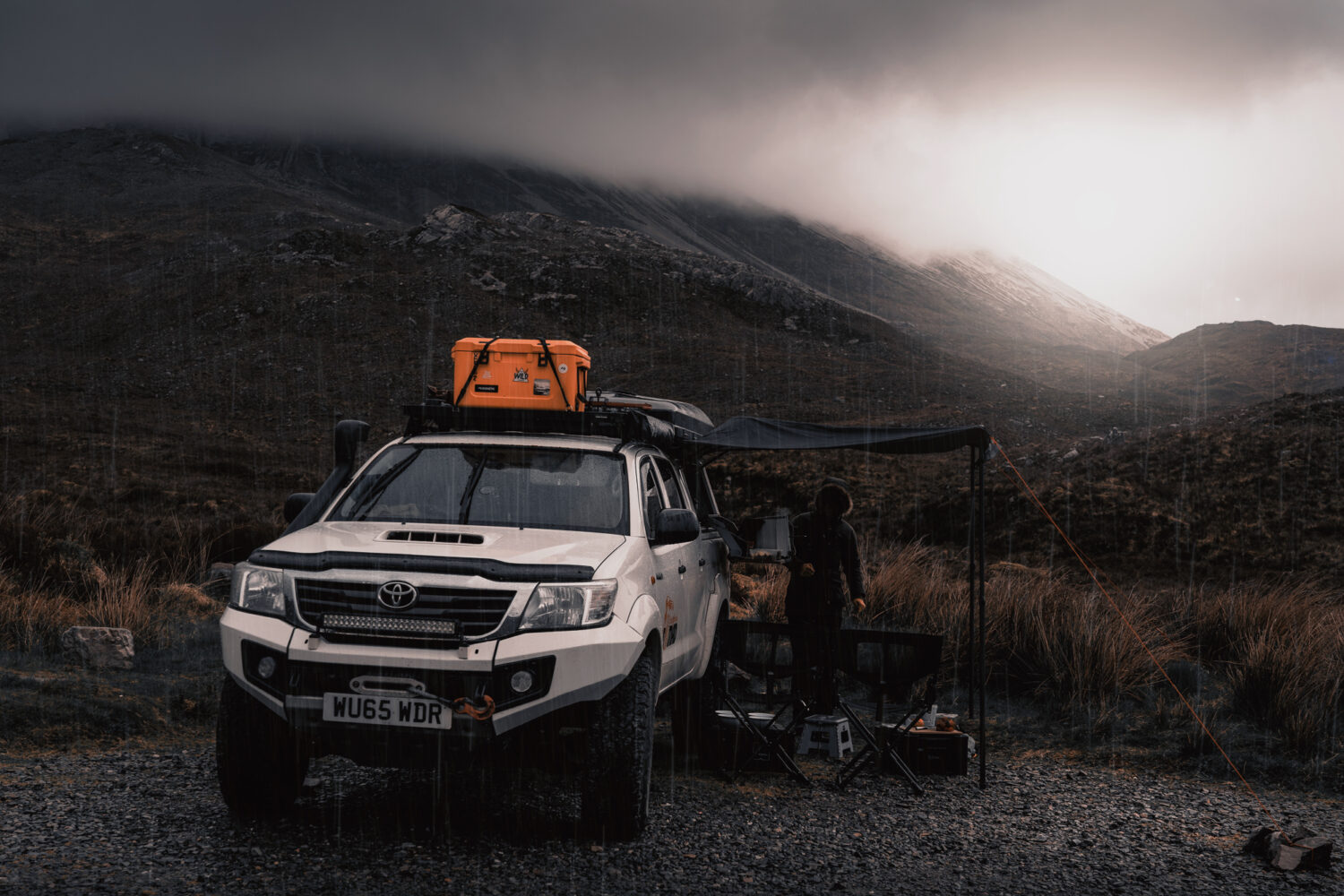
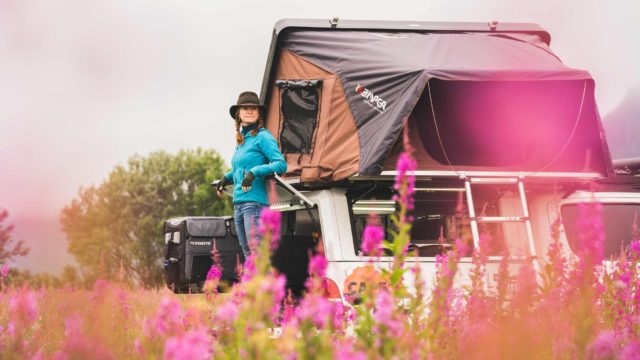
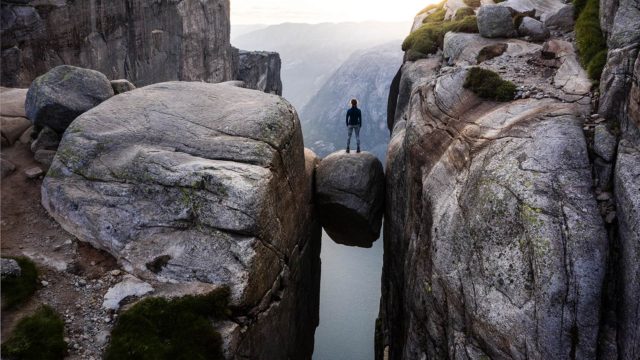
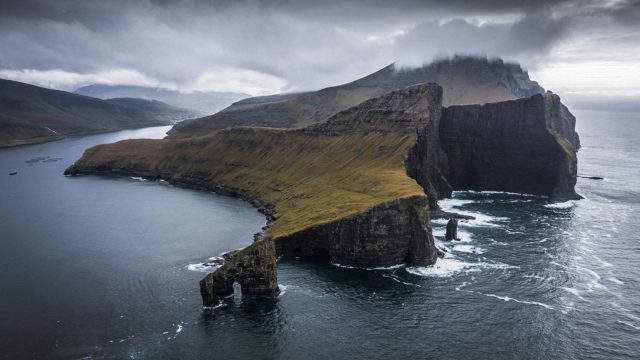
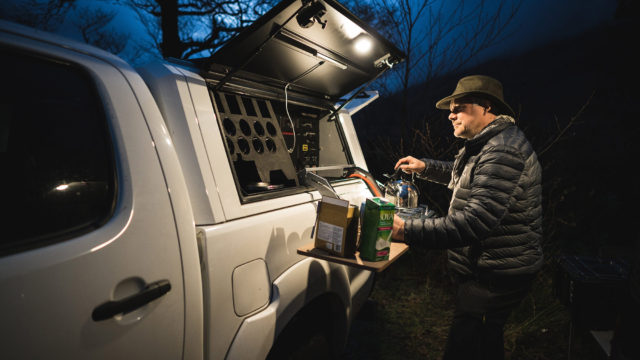
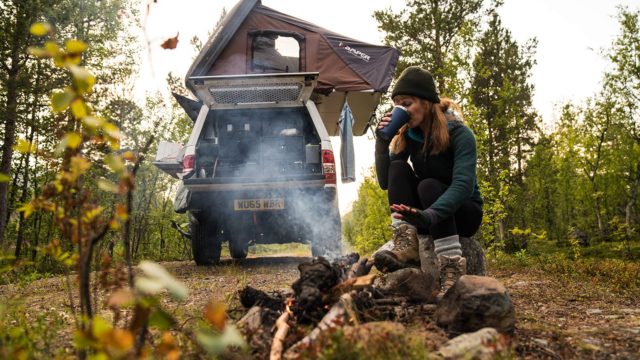
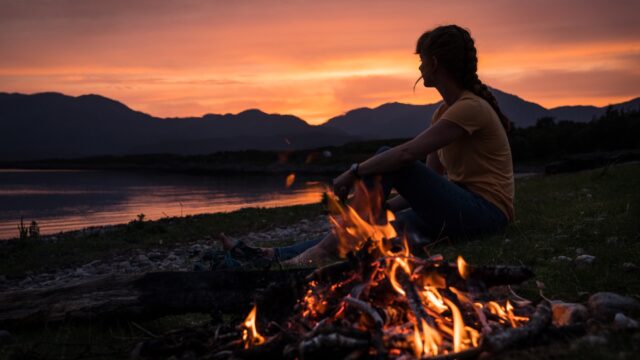
With the amazing photography of Jason, plus the in-depth descriptions of , not only the place visited, but your emotions, truly capture the spirit of adventure, Lisa.
Thank you and bless you both.👍🌞👏👏👏👏
Good Morning, We have been following your travels since our chance meeting at a Lima backpackers on one Sunday morning , many years ago. There is no better photographer than Jason and no better writer than Lisa and we enjoy the tales immensely , so keep up the passion. Can’t wait to meet up again, perhaps here in Australia when the covid smoke clears.
Patrick and Belinda
Hey Pat and Belinda, how are you lovely pair? Good New Years? Sure wish we could join you for a beer or three, or you could join us for a few glasses but alas, we are where we are. Much love to you both, L&J x
We are sooooo happy to see you and the Rhino on the road again! Good stuff🥰
Us too! Happy New Year, Marty!